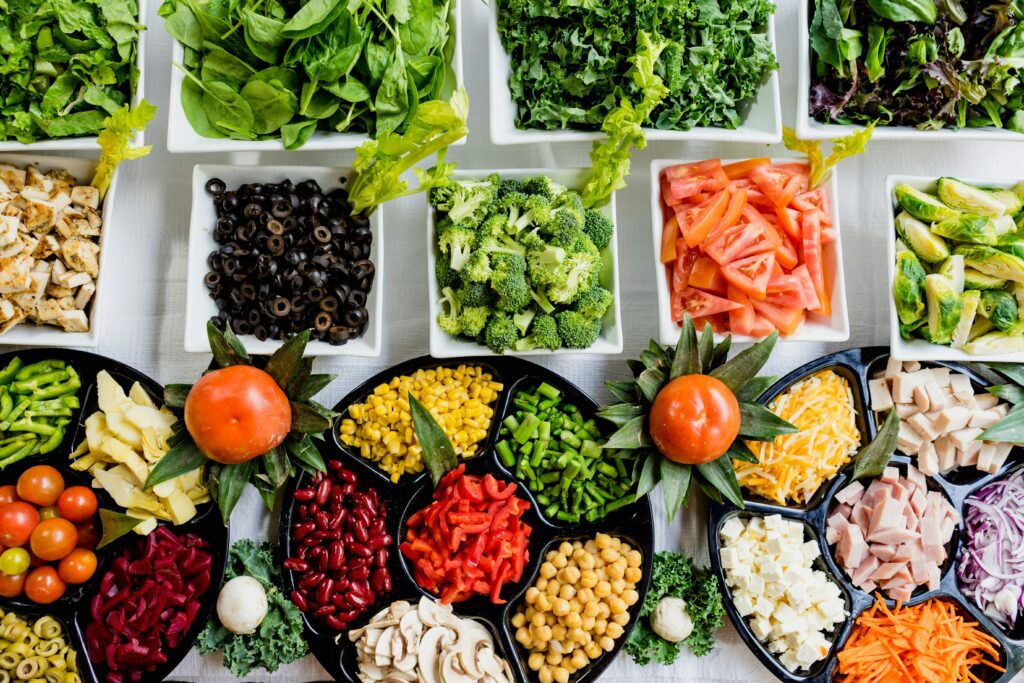Key Takeaways
- Industrial blenders play a versatile role beyond traditional mixing tasks.
- They contribute to efficiency and quality in various sectors.
- Combining blending techniques can optimize production processes.
Industrial blenders have evolved from basic mixing tools into dynamic, multifunctional machines that serve countless purposes across industries. As businesses seek to enhance efficiency and product quality, these blenders have become indispensable. They are particularly valued for their precision and versatility, making them a crucial component in processes ranging from food production to the creation of cosmetics and pharmaceuticals. Companies are innovating with industrial mixer technology, optimizing production, and ensuring consistent results.
Within the broad scope of industrial applications, the role of blenders stretches beyond simple tasks. They have a meaningful impact on sustainability and product development, helping companies align with modern environmental goals while pushing the limits of product innovation. This article explores how these sophisticated machines revolutionize food processing, manufacturing, cosmetic production, and more, presenting a comprehensive view of their innovative applications.
Introduction to Industrial Blenders
Industrial blenders have firmly established themselves as essential equipment, from bustling factory floors to high-end laboratories. Their transformation is significant, moving from being rudimentary equipment used for straightforward mixing tasks to complex machinery capable of precise control over multiple variables. This evolution has been fueled by the demand for higher precision, increased efficiency, and the ability to process diverse materials. Customization options now allow blenders to meet specific industry needs, from the simplest of ingredients to complex compounds that require exacting standards. This blend of functionality and flexibility makes industrial blenders an unbeatable choice for modern production challenges.
The Role of Industrial Blenders in Food Processing
Within the food industry, industrial blenders are the heart of the operation, ensuring consistency and quality in every batch produced. Their role in food production extends to processes such as mixing dough for baked goods, creating smooth sauces, and homogenizing dairy products for sale. These machines help maintain the high standards of sanitation required in food production, as underscored by food safety regulations. Designed with materials that meet stringent hygiene standards, they prevent contamination and enhance food safety. By automating and refining mixing processes; industrial blenders save time, reduce waste, and ensure that products meet specific texture and taste profiles, ultimately making them a valuable asset in the competitive food processing sector.
Advanced Manufacturing Applications
The manufacturing sector has reaped substantial benefits from the intricate capabilities offered by industrial blenders. In the chemical industry, for example, these machines are used to ensure the homogeneity of chemical mixtures, creating products that require precise formulation. The pharmaceutical industry also relies heavily on blenders to standardize the production of medicinal compounds, ensuring consistent dosing and efficacy. Innovations in materials science have further expanded the potential of industrial blenders, enabling them to aid in the research and development of advanced materials like graphene composites and nano-fillers. This capability allows companies to innovate continuously, creating new materials that drive technological advancements while maintaining product quality and safety.
Innovative Approaches in Cosmetic Production
In the world of cosmetics, appearance and consistency are paramount, and industrial blenders are vital in achieving these qualities. By facilitating the blending of oils, pigments, and other components, they ensure the uniformity and stability of cosmetic formulations. This precision is crucial for developing products that meet consumer expectations for texture, application, and longevity. Manufacturers use blenders to rapidly prototype new formulations, allowing for experimental ingredient combinations and creating unique textures. The use of blenders in this industry exemplifies how these machines can drive innovation, pushing boundaries in the search for exotic, appealing, and effective cosmetic products.
Sustainable Practices Encouraged by Blender Technology
Today’s industrial blenders are designed with sustainability in mind, incorporating features that reduce energy consumption and minimize waste. These machines often use energy-efficient motors and intelligent control systems that optimize performance without unnecessary power use. The ability to scale production accurately means that blenders can help reduce excess waste by producing only the quantities needed. Additionally, their capacity to work with eco-friendly materials creates opportunities for companies to lessen their environmental impact. Such sustainable practices are critical as industries strive to reduce their carbon footprints and implement more environmentally friendly production methods and policies.
Challenges and Solutions in Industrial Blending
Despite their advantages, using industrial blenders is not without challenges. Common issues include material agglomeration—where materials clump together—and machine degradation from prolonged use. However, technological advancements continue to address these challenges. Enhanced rotor and blade designs improve mixing efficiency and reduce wear, while advanced sensor technologies allow for real-time monitoring and adjustments. By improving process control and durability, these innovations ensure the sustained efficiency and effectiveness of industrial blenders, even under demanding conditions.
Future Trends in Blender Technology
The future of industrial blenders is set to be shaped by ongoing technological advancements such as automation and the integration of smart technologies. Smart blenders, equipped with sensors and IoT capabilities, will offer real-time data analytics, enabling precise control and optimization of each blending process. These tools promise to revolutionize production by reducing human error, minimizing downtime, and increasing efficiency. As industries embrace these technologies, we can expect significant growth in productivity and product innovation, with blenders playing a key role in driving progress across various fields.
Conclusion
Industrial blenders have proven themselves to be versatile and invaluable tools across numerous industries. Their contributions to efficiency, quality, and sustainability are unrivaled, providing essential support in everything from food processing to cosmetic manufacturing. As technology advances, these machines will continue to be at the forefront of industry innovation, offering new solutions to contemporary challenges and opportunities for growth. The future holds exciting prospects, and with the constant evolution of blending technology, there is much to anticipate in both simplicity and sophistication.
